
Last Updated At: 31-Jan-2025
Historical Monuments in Gujarat 2025 - Explore the Rich Heritage and History
Heritage sites are unarguably the most important physical components giving a unique identity to a destination. The strategic locations, the lived-in architecture, and their amazing elements speak volumes about the destinations’ eventful past, rich heritage, cultural legacy, and architectural brilliance. Gujarat is home to some of the most stunning heritage sites. These heritage sites in Gujarat foster a sense of community and home while serving as a reminder of the state's historical legacy. Besides unique landmarks, Gujarat is home to four UNESCO World Heritage Sites.
Vibrant Gujarat is known for its amazing culture and wealth of heritage. Let us look at the top heritage sites in Gujarat that successfully create unique and exciting experiences for discerning travellers.
List of 12 Historical Monuments & Heritage Sites in Gujarat
Gujarat is peppered with magnificent heritage sites that are symbols of its rich cultural, historical, and architectural past. Soak in the beauty of these marvels that reveals interesting stories about their past. Know more about these sites and what makes them unique.
- Rani ki Vav. Intricate and Elegant Carvings
- Dwarkadish Temple. A Prominent Hindu Temple
- Vijay Vilas Palace. A Summer Abode of the Kachchh Family
- Champaner-Pavagadh Archaeological Park. A World Heritage Site
- Sun Temple. An Architectural Masterpiece
- Ahmedabad. The Heritage City in Gujarat
- Sidi Saiyyed Mosque. A Stunning Site
- Prag Mahal. An Architectural Wonder
- Champaner Jain Temple. A Prominent Jain Pilgrimage Site
- Dholavira. Indus Valley Civilization Site in Gujarat
- Uperkot Fort. A Renowned Historical Site
- Bhadra Fort & Teen Darwaja. Frescoes and Intricate Carvings
1. Rani Ki Vav - Intricate and Elegant Carvings
This heritage site is located on the side of River Saraswati in Patan. Rani Udayamati, the daughter of King Khengara in the Saurashtra region, built this step-well in the 11th century. As per historians, the step-well was a life saviour for the people of the region as the region is known to face severe water issues during the hot, dry season. The step-well was covered in silt when excavated in the 1940s by the Archaeological Survey of India. It got its world heritage site title in 2014. It is seven-storeyed deep, built to represent an inverted temple. The walls, roofs, and columns all across the site bear archaeological displays of intense and intricate artwork.
Besides showcasing the highest regard for water as a lifeline for mankind, the architectural richness of the site embodies about 500 major sculptured works and thousands of minor sculptures. All of these have mythological or religious significance. Another noteworthy feature of the step-well is that it indicates the engineering faculties of those times, with water conservation at the core of its design.
- Location. Mohan Nagar Society, Patan, Gujarat
- Unique Features. Massive Stepwell with intricate carvings
- Built-In. 11th Century
- Timings. 08:30 hours to 19:00 hours.
- Entry Fee. Rs. 35/- for Indians, SAARC & BIMSTEC Visitors. Rs. 550/- for foreigners.
- Places to Visit in Patan. Patan City Museum, Modhera Sun Temple, Shastraling Talav, Bindu Sarovar, Rudra Mahalaya, Shankeshwar Jain Temple.
- Nearest Airport to Patan. Ahmedabad Airport | Distance. 125 km
- Nearest Railway Station to Patan. Patan Railway Station
Also Read - 40 UNESCO World Heritage Sites In India
2. Dwarkadish Temple - A Prominent Hindu Temple
One of the most significant spiritual sites and famous monuments of Gujarat, Dwarkadish Temple, is also known for its architectural splendour. Dedicated to Lord Krishna, this temple is called Jagat Mandir. This temple is the epitome of structural brilliance. This five-storeyed temple is supported by intricately-carved 60 columns and is approximately 2200 years old. The temple attracts a lot of devotees, especially during Janmashtami.
- Location. Dwarka, Gujarat
- Unique Features. Five-storeyed spire supported by 60 columns
- Built-In. 200 BCE
- Timings. 06:30 hours to 13:00 hours and 17:00 hours to 21:30 hours
- Entry Fee. Free
- Places to Visit in Dwarka. Bhadkeshwar Mahadev Temple, Shri Nageshvar Jyotirling, Rukmani Devi Mandir, Dwarka Beach, Sudama Setu
- Nearest Airport to Dwarka. Jamnagar Airport | Distance. 8.2 km
- Nearest Railway Station to Dwarka. Dwarka Railway Station
Also Read. Famous Temples in Gujarat
3. Vijay Vilas Palace - A Summer Abode of the Kachchh Family
Built by Rao Vijayraj Ji in 1929, this opulent palace is located close to the famous Mandvi Beach. It is an erstwhile summer palace of the royal family of Kachchh rulers. It is one of the most prominent and worth-visiting monuments in Gujarat. This palace also showcases the eclectic blend of Mughal, Rajput, and Victorian architectural styles. Sprawled in a vast expanse of 450 acres, the palace is beautifully surrounded by manicured gardens and a private beach. A part of the palace has been converted into a luxury heritage property where you can stay and live a life like royalty!
- Location. Mandvi Rural, Gujarat
- Unique Features. Bulbous domes and opulent interiors
- Built-In. 1929
- Timings. 09:00 hours to 18:00 hours
- Entry Fee. INR 50 per person; INR 10 Additional for a Private Vehicle; INR 20 per camera
- Places to Visit in Mandvi. Mazaar-e-Noorani, Mandvi Beach and Windfarm, Roopaali Handicrafts, Shyamji Krishna Varma Memorial
- Nearest Airport to Mandvi. Bhuj Airport | Distance. 312.4 km
- Nearest Railway Station to Mandvi. Bhuj Railway Station
Click Here to Book Flight Tickets
4. Champaner Pavagadh Archaeological Park - A World Heritage Site
This is one of the world heritage sites in Gujarat that was inscribed by UNESCO in 2004. It is located in the Panchmahal district, on the outskirts of Champaner, an 8th-century historical city founded by Raja Vanraj Chavda from the Chavda Dynasty.
The entire site echoes the rich ethos of ancient India, with forts and bastions covering it from the Pavagadh hills to Champaner city. The entire landscape bears vivid testimony of a cultural past, from the hill fortress, chalcolithic sites, palaces, temples, tombs, mosques, arched structures, entrance gates, step-wells, tanks, residences, agricultural sites to remnants of a city that was once the capital of Gujarat. All the structures date between the 8th and 14th centuries.
One of the places still frequented by visitors is the Kalika Mata Temple, built at the height of 2,600 ft on Pavagadh Hill. Besides, a blend of Hindu and Muslim architectural essence highlights how the site has survived through different eras. The Jama Masjid built on the foothills of the Pavagadh Hills is now abandoned.
- Location. Panchmahal District, Champaner, Gujarat
- Unique Features. A Perfect Blend of Hindu and Muslim Architectural Elements
- Built-In. 8th Century
- Timings. 08:30 hours to 17:00 hours
- Entry Fee. Rs. 30 for Indians, SAARC, and BIMSTEC residents. Rs. 500 for Foreigners
- Places to Visit in Champaner. Jami Masjid, Pavagarh Hill, Pavagarh Fort, Maa Mahakalika Temple, Kevada Masjid
- Nearest Airport to Champaner. Vadodara Airport | Distance. 43.3 km
- Nearest Railway Station to Champaner. Vadodara Railway Station
Click Here to Book Gujarat Tour Packages
5. Sun Temple - An Architectural Masterpiece
The Sun Temple is an architectural masterpiece, one of the most sought-after historical and spiritual places to visit in Gujarat. It is a prominent Hindu Temple dedicated to the Sun God. Located by the banks of the serene River Pushpavati, the temple was built during the Chalukya Dynasty in 1026 AD. Today, this temple has primarily become a place of tourism interest, and no prayers are offered. The Archeological Survey of India maintains the site. Beautifully constructed in Maru-Gurjara architectural style, the Sun Temple is one of the Seven Wonders of India.
- Location. Mehsana-Becharaji Road, Modhera, Gujarat
- Unique Features. Displays Impressive Elements of Maru-Gurjara Architectural Style
- Built-In. 1026 AD
- Timings. 06:00 hours to 18:00 hours
- Entry Fee. Free
- Places to Visit in Modhera. Shri Modheshwari Mata Temple, Surya Kund, Thol Lake Bird Sanctuary, Mira Datar Dargah, Three Darwaja
- Nearest Airport to Modhera. Ahmedabad Airport | Distance. 95 km
- Nearest Railway Station to Modhera. Becharaji Railway Station
6. Ahmedabad - The Heritage City in Gujarat
The city of Ahmedabad was inscribed as one of Gujarat's heritage sites in 2017. With a rich historical and cultural past, the old city is home to ‘Pols’ or the residential clusters typical of the medieval era. These ‘Pols’ existed as gated communities with the entrance gate open from the morning till sunset and fortified during the night. Several Pols together made the ‘Purs.’ These Purs exist today and are examples of peaceful co-existence between people of different faiths and ethnicities like Hindus, Muslims, and Jains. Other than these, Gandhiji’s Sabarmati Ashram is another great attraction. The Havelis of Ahmedabad also hold a significant place in the city’s history and are one of the key reasons behind the heritage city inscription.
- Location. Ahmedabad, Gujarat
- Unique Features. Known for its Cultural and Historical Legacy
- Built-In. 1411 AD
- Timings. N/A
- Entry Fee. Free
- Places to Visit in Ahmedabad. Sabarmati Ashram, Sabarmati Ashram, Science City, Hutheesing Jain Temple, Riverfront Flower Park.
- Nearest Airport to Ahmedabad. Ahmedabad Airport | Distance. 13.4 km
- Nearest Railway Station to Ahmedabad. Ahmedabad Junction Railway Station
Also Read - Famous Historical Monuments Of India
7. Sidi Saiyyed Mosque - A Stunning Site
A spiritually prominent and architecturally renowned building, Sidi Saiyyed Mosque is known for its intricately carved windows, lovely jaali work, and more. The mosque was up in 1573 by Sidi Saiyyed, a slave of Sultan Ahmed Shah. Well-chiselled marble work adds grace and elegance to the building.
- Location. Ahmedabad, Gujarat
- Unique Features. Known for its Indo-Saracenic Style of Architecture
- Built-In. 1573 AD
- Timings. 7:00 AM to 18:00 PM
- Entry Fee. Free
- Places to Visit in Ahmedabad. Sabarmati Ashram, Sabarmati Ashram, Science City, Hutheesing Jain Temple, Riverfront Flower Park.
- Nearest Airport to Ahmedabad. Ahmedabad Airport | Distance. 9.6 km
- Nearest Railway Station to Ahmedabad. Ahmedabad Junction Railway Station
Click Here For Hassle-Free Hotel Bookings
8. Prag Mahal - An Architectural Wonder
Located in Bhuj, Prag Mahal is an architecturally brilliant site in Gujarat. With its Corinthian pillars and Gothic architectural style, this building, constructed in the 19th Century, is one of the major historical monuments in Gujarat. This palace was the centre of political happenings when the Britishers tried to spread their influence in the region. The building is also home to the second-tallest clock tower, from where majestic views of the city can be enjoyed. Explore artefacts on display in the museum inside the palace premises and catch a glimpse of the eventful history witnessed during those times. This palace also featured prominent films like Lagaan, Hum Dil De Chuke Sanam, and more.
- Location. Bhuj, Gujarat
- Unique Features. Second-tallest Clock Tower, Museum, Gothic Architectural Style
- Built-In. 19th Century
- Timings. 9:30 to 13:15 Hours and 15:00 to 17:45 Hours
- Entry Fee. INR 20 per person
- Places to Visit in Bhuj. Shree Swaminarayan Temple Bhuj, Aaina Mahal Palace, Ranjit Vilas Palace, Sharad Baug Palace, Khari River Gorge.
- Nearest Airport to Bhuj. Ahmedabad Airport | Distance. 343.4 km
- Nearest Railway Station to Bhuj. Bhuj Railway Station
9. Champaner Jain Temple - A Prominent Jain Pilgrimage Site
Dating back to the 14th or 15th Century, Champaner Jain Temple is a spectacular spiritual site in Gujarat. It is one of the most prominent Jain pilgrimage sites in Gujurat. The temple showcases stunning stone carvings of Tirthankaras. The temple has undergone a lot of restoration work with the time and is still one of the most-visited places in Gujarat.
- Location. Bhadra, Ahmedabad, Gujarat
- Unique Features. Intricate carvings and stunning architectural style
- Built-In. 14th and 15th Century
- Timings. 9:00 to 18:00 Hours
- Entry Fee. No Fees
- Places to Visit in Ahmedabad. Sabarmati Ashram, Sabarmati Ashram, Science City, Hutheesing Jain Temple, Riverfront Flower Park.
- Nearest Airport to Ahmedabad. Ahmedabad Airport | Distance. 145.7 km
- Nearest Railway Station to Ahmedabad. Ahmedabad Railway Station
Click Here to Book Exciting Tour Packages
10. Dholavira - Indus Valley Civilization Site in Gujarat
One of the latest sites to be named a world heritage site in Gujarat, Dholavira got the official UNESCO inscription in 2021. Lying in the Kutch district of Gujarat, this site is one of the biggest sites excavated by ASI from the time of the Indus Valley Civilization. It lies directly on the Tropic of Cancer. It lies between Mansar and Manhar, two seasonal waterbodies.
Archaeologists believe this site was a permanent resident of the Harappan Civilization from 3500 BCE to 1800 BCE. Studies prove that it was an occupied place even before the Harappan period. This site was officially discovered in 1967-68 by JP Joshi of the ASI. Since then, there have been about 14 excavations done at the site, helping archaeologists discover the lives of the people during those times. A 5000-year-old step-well has also been excavated.
- Location. Kutch, Gujarat
- Unique Features. The biggest excavation site from the Indus Valley Civilization
- Built-In. 3500 BCE to 1800 BCE
- Timings. 6:00 to 20:00 Hours
- Entry Fee. Rs 5/- for all
- Places to Visit in Kutch. Kutch Desert Wildlife Sanctuary, Kutch Museum, Great Rann of Kutch
- Nearest Airport to Kutch. Bhuj Airport | Distance. 69.5 km
- Nearest Railway Station to Kutch. Bhuj Railway Station
11. Uperkot Fort - A Renowned Historical Site
Almost 2300 years old, the Uperkot Fort is one of the famous Gujarat sites. Its remarkable features are the structure with 20 metres high walls and 300 feet deep moat. The moat is full of crocodiles. The site premises has caves and a magnificent stepwell worth checking out. This historic site is worth visiting for discerning travellers.
- Location. Junagarh, Gujarat
- Unique Features. High walls, deep moat, caves, and stepwell
- Built-In. 319 BC
- Timings. 8:00 to 18:00 Hours
- Entry Fee. Free
- Places to Visit in Junagarh. Sakkarbaug Zoological Park, Mahabat Maqbara Palace, Junagarh Museum, Ashok Shilalekh, Shree Swaminarayan Mukhya Temple
- Nearest Airport to Junagarh. Rajkot Airport | Distance. 100 km
- Nearest Railway Station to Junagarh. Junagarh Railway Station
Also, Read - Most Popular Stepwells In India
12. Bhadra Fort & Teen Darwaja - Frescoes and Intricate Carvings
A striking gateway in Ahmedabad, Teen Darwaja is located east of Bhadra Fort. This impressive historical monument has witnessed several events in the bygone era. It is a 600-year-old structure known for its three remarkable arches and opulent buttresses. These three gates were an entryway to the majestic Bhadra Fort. Close to the fort and Teen Darwaza, there is a bustling market. The charm of this historical site is still the same.
- Location. Ahmedabad, Gujarat
- Unique Features. Opulent buttresses, magnificent arches and Indo-Islamic style of architecture
- Built-In. 1415 AD
- Timings. 9:00 to 17:00 Hours
- Entry Fee. Free
- Places to Visit in Ahmedabad. Sabarmati Ashram, Sabarmati Ashram, Science City, Hutheesing Jain Temple, Riverfront Flower Park.
- Nearest Airport to Ahmedabad. Ahmedabad Airport | Distance. 10.2 km
- Nearest Railway Station to Ahmedabad. Ahmedabad Railway Station
Also, Read - Hidden Forts Of India That Are Worth Witnessing
Plan a trip to Gujarat with Adotrip and soak in the beauty of historical monuments that rank top in the list of most visited places in the vibrant state. Enjoy exciting flight deals, customised tour packages, faster and hassle-free hotel bookings, bus and train ticket bookings, sightseeing, and more. With us, nothing is far!
Frequently Asked Questions About Historical Monuments in Gujarat
Ques 1. How many heritage sites are there in Gujarat?
Ans 1. Gujarat has four UNESCO World heritage sites.
Ques 2. What is the famous heritage site of Gujarat?
Ans 2. The most famous heritage site in Gujarat is Dholavira which dates back more than 4,500 years ago.
Ques 3. Which are the Gujarat world heritage sites?
Ans 3. These are the city of Ahmedabad, Rani Ki Vav in Patan, Champaner, and the latest addition to the list, Dholavira.
Ques 4. Which is the most beautiful heritage city in Gujarat?
Ans 4. Ahmedabad is Gujarat’s most beautiful heritage city. It is also India’s first UNESCO heritage city.
Ques 5. Which is the first cultural heritage site of India?
Ans 5. India's first cultural heritage sites were the Ajanta & Ellora Caves, the Taj Mahal, and the Agra Fort.
Ques 6. Which is the main monument of Gujarat?
Ans 6. The main monument of Gujarat is Rani ki Vav, a magnificent stepwell that attracts many visitors.
Ques 7. Which are the famous historical monuments in Gujarat?
Ans 7. The main historical monuments in Gujarat are-
- Rani ki Vav. Intricate and Elegant Carvings
- Dwarkadish Temple. A Prominent Hindu Temple
- Vijay Vilas Palace. A Summer Abode of the Kachchh Family
- Champaner-Pavagadh Archaeological Park. A World Heritage Site
- Sun Temple. An Architectural Masterpiece
- Ahmedabad. The Heritage City in Gujarat
- Sidi Saiyyed Mosque. A Stunning Site
- Prag Mahal. An Architectural Wonder
- Champaner Jain Temple. A Prominent Jain Pilgrimage Site
- Dholavira. Indus Valley Civilization Site in Gujarat
- Uperkot Fort. A Renowned Historical Site
- Bhadra Fort & Teen Darwaja. Frescoes and Intricate Carvings
--- Published By Arpita Mathur
Latest Blogs

Cash in the Wild: My Safari Adventure Across Kenya with Only...

One Day Picnic Spot Near Pune - Adventure, Trekking and Natu...
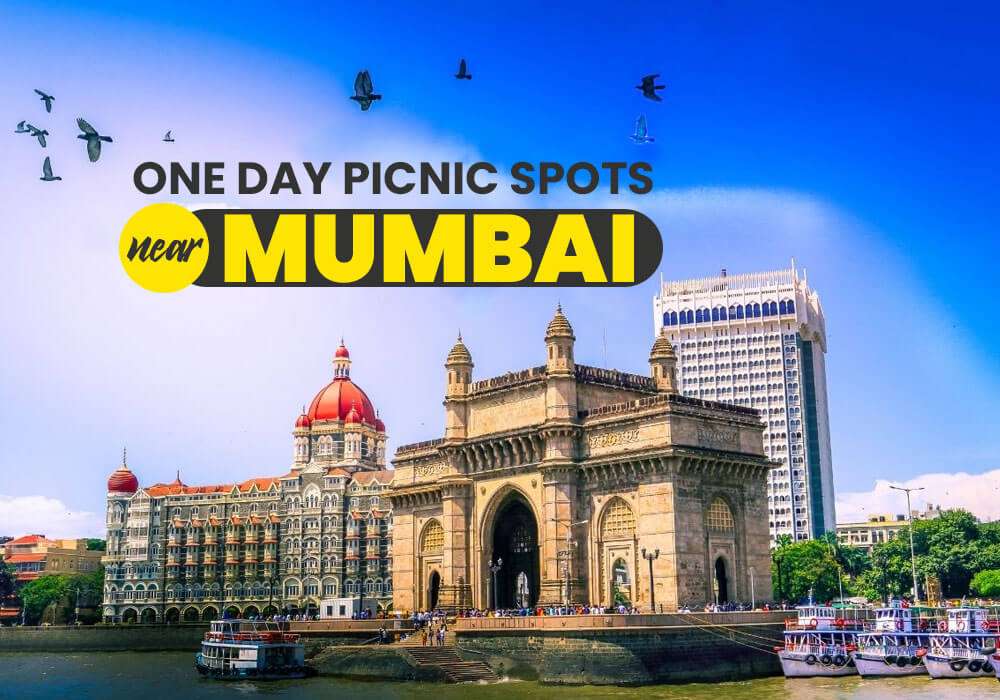
One Day Picnic Spots Near Mumbai - Monsoon, Adventure, Beach...

The Best Places to Go in Thailand in 2025
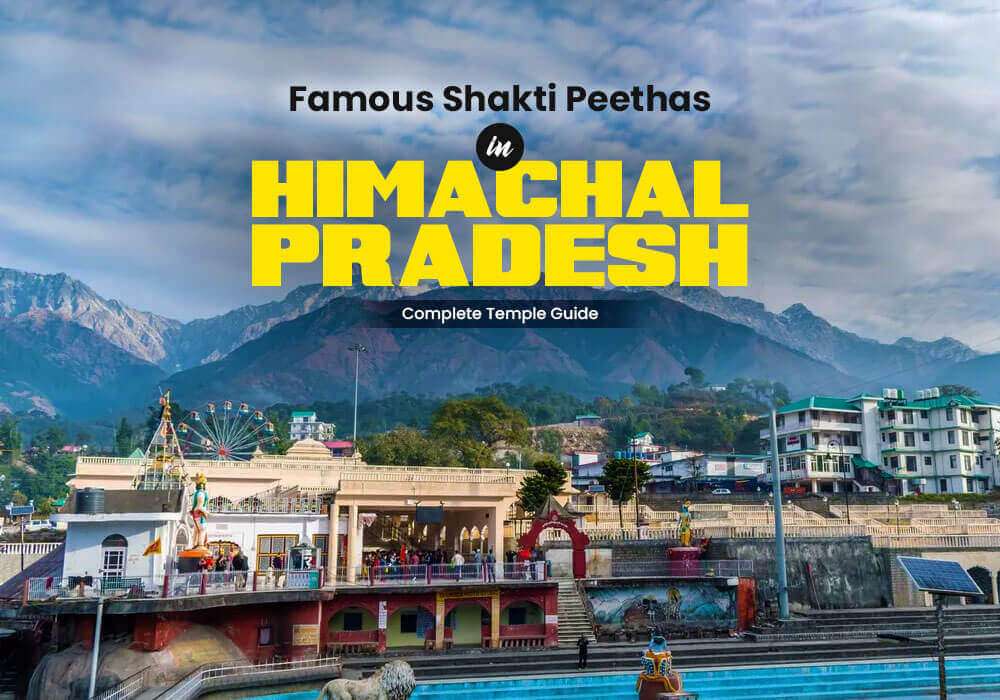


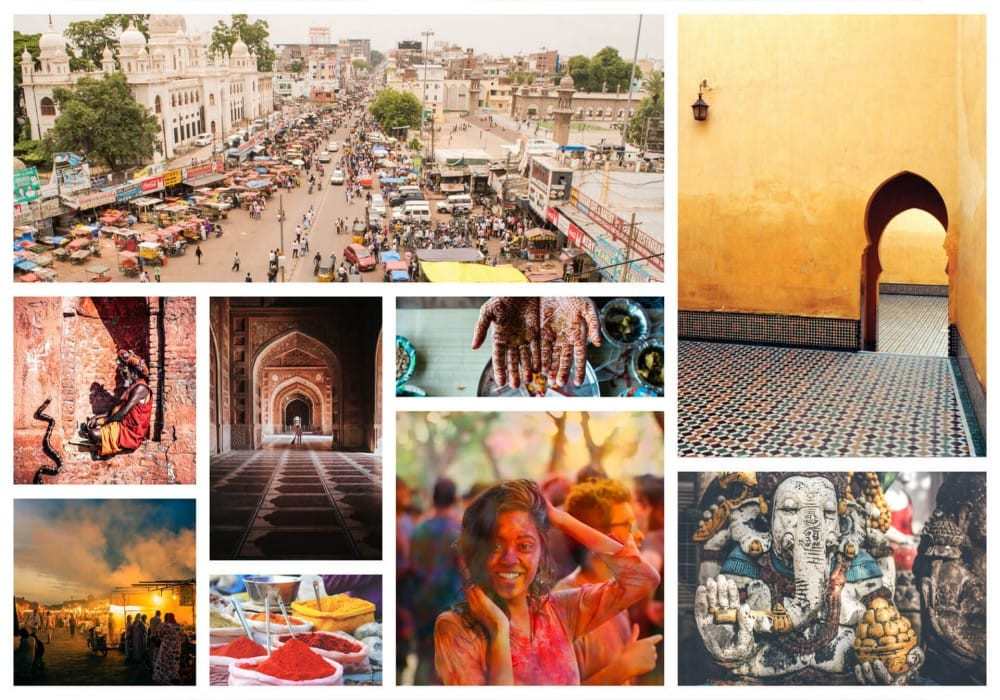



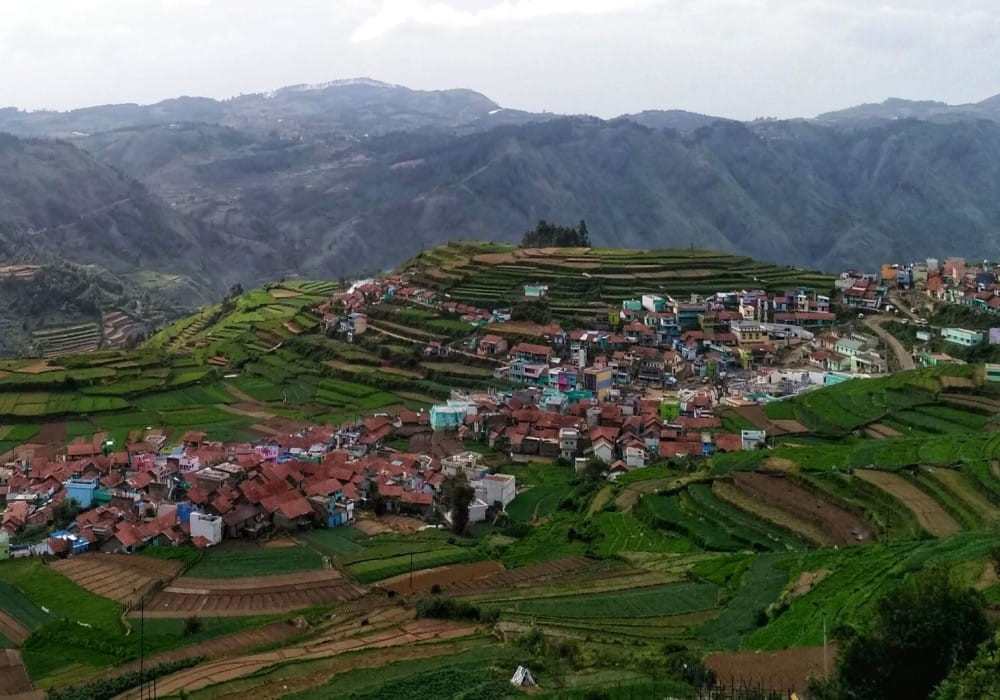
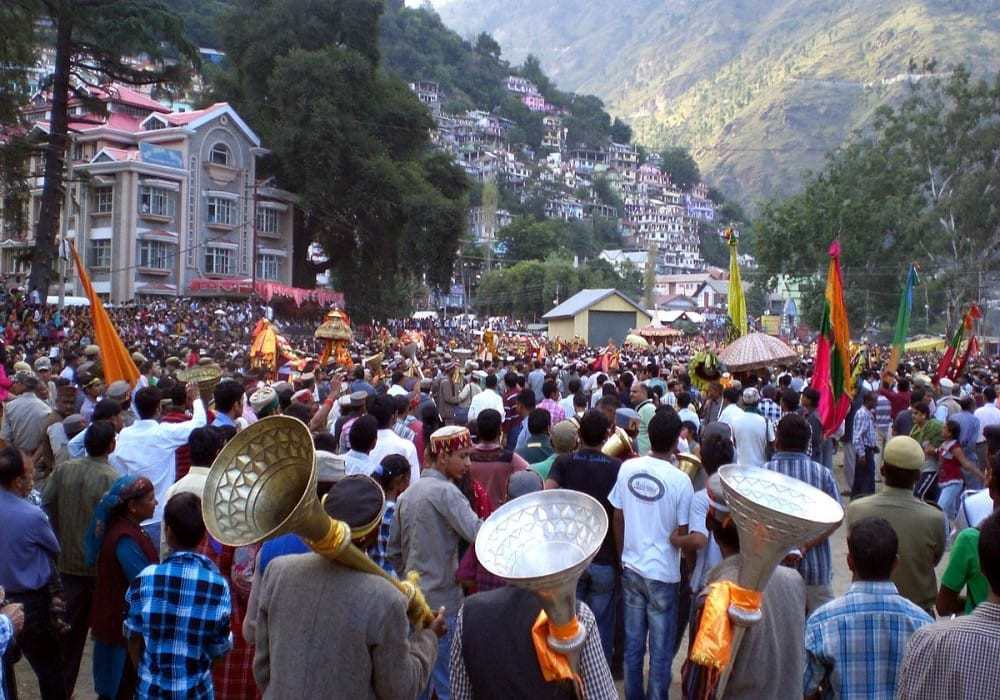
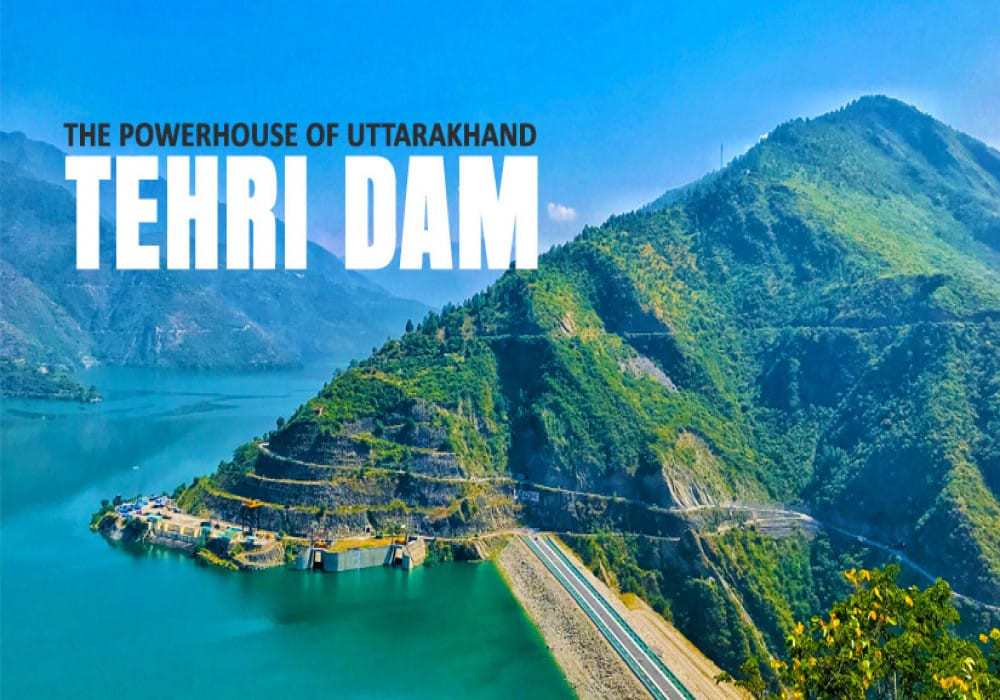


.jpg)
 Dubai
Dubai Malaysia
Malaysia USA
USA





